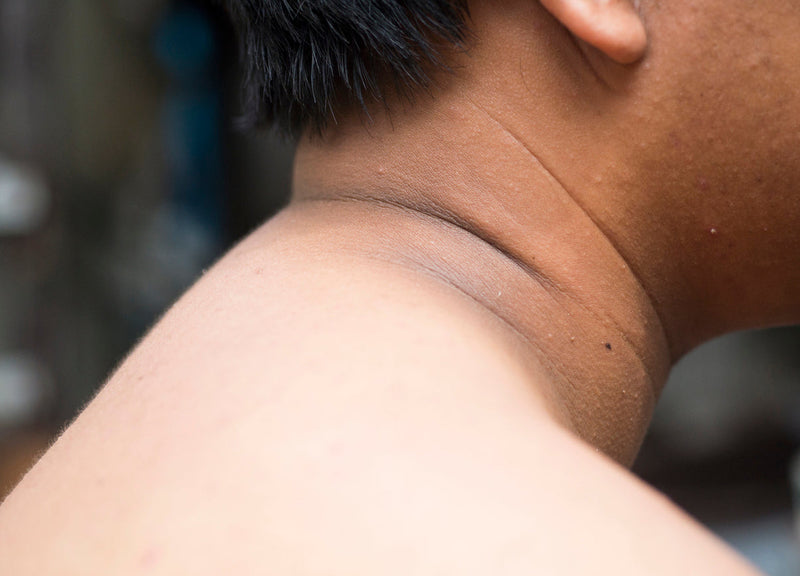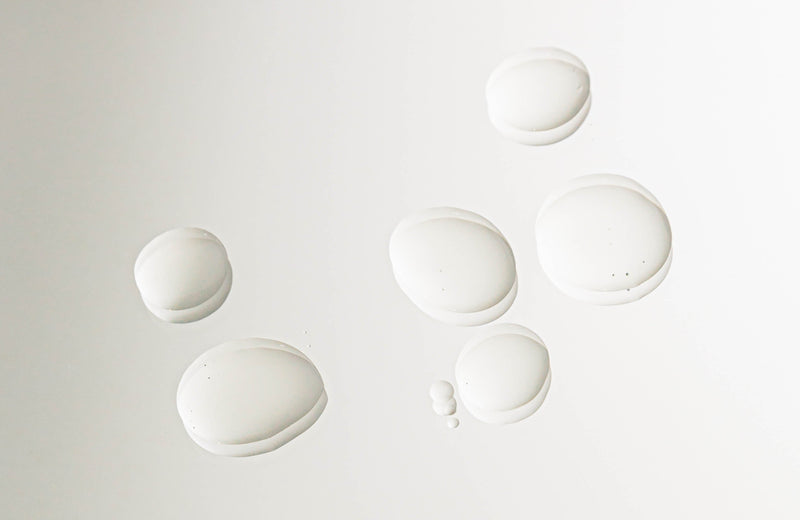There are three main types of skin cancer and if you are concerned about a spot on the body, it is important to have it checked by a dermatologist as soon as possible.
The three main types of skin cancer are basal cell carcinoma, squamous cell carcinoma, and melanoma. Basal cell and squamous cell carcinomas are also known as non-melanoma skin cancers.
Basal Cell Carcinoma
Basal cell carcinoma is the most common type of skin cancer, accounting for about 80% of all cases. It usually appears on areas of the skin that have been exposed to the sun, such as the face, neck, scalp, and arms. Basal cell carcinomas often appear as small, shiny bumps or nodules that are pink or red in color. They may also have a pearly appearance with dilated blood vessels inside. Basal cell carcinoma is usually slow-growing and rarely spreads to other parts of the body. However, if left untreated, it can grow deeper into the skin and cause damage to nearby tissues and bones.

Squamous Cell Carcinoma
Squamous cell carcinoma is the second most common type of skin cancer. It usually appears on areas of the skin that have been exposed to the sun, such as the face, neck, ears, and hands. Squamous cell carcinomas often appear as scaly, red patches or open sores that may crust or bleed. They can also have a wart-like appearance. Like basal cell carcinoma, squamous cell carcinoma is usually slow-growing and rarely spreads to other parts of the body. However, if left untreated, it can spread to nearby lymph nodes and organs.

Melanoma
Melanoma is the most dangerous type of skin cancer and accounts for about 1% of all skin cancer cases. It is caused by damage to melanocytes, the cells that give the skin its color. Melanomas can occur on any part of the body.
The ABCDE rule can help you identify potential signs of melanoma: Asymmetry, Border irregularity, Color variation, Diameter larger than 6mm, Evolving or changing over time. You can also look for the 'Ugly Duckling Sign' where a mole or spot looks different from other moles on your body. If you notice any changes in your skin that fit these criteria, it is important to see a dermatologist for further evaluation.
Early detection and treatment of melanoma are crucial in preventing it from spreading to other parts of the body. If left untreated, melanoma can quickly grow deeper into the skin and spread to lymph nodes and organs, making it much harder to treat successfully.
Is it possible to prevent skin cancer?
The most effective way to prevent skin cancer is to protect your skin from the sun. This includes wearing protective clothing, seeking shade, and using sunscreen with an SPF of 30 or higher.
What do I do if I notice an abnormal looking spot on my skin?
If you notice an abnormal looking spot on your skin, it is important to get it checked by a dermatologist. They can perform a thorough examination and determine if the spot is concerning or not.
What happens if the dermatologist thinks the spot is abnormal?
If the dermatologist determines that the spot is concerning, they may recommend a skin biopsy. This involves taking a small sample of the spot to be examined under a microscope for any signs of cancer. Depending on the results of the biopsy, further treatment options will be discussed.
I've been diagnosed with skin cancer, what are the next steps?
Depending on the type of skin cancer and the severity at the time of diagnosis, many different treatment options exist. These include topical medicines, surgical removal, radiation, chemotherapy, and immunotherapy.







